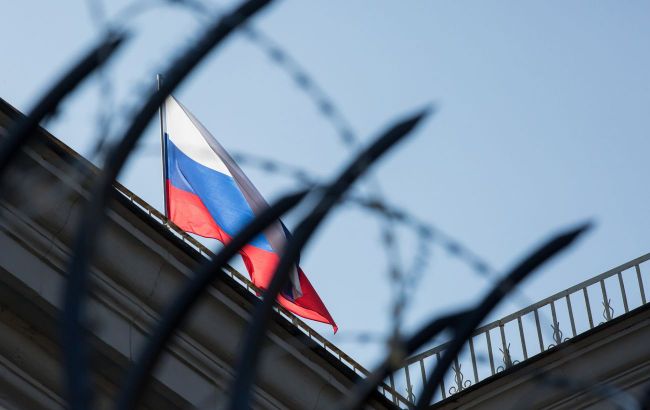Russia's banking system may collapse within a year - Bloomberg
 Photo: Russia is facing a collapse in the banking sector (Getty Images)
Photo: Russia is facing a collapse in the banking sector (Getty Images)
Experts call the likelihood of a banking collapse in Russia attainable by April 2026 if the economic situation does not change, Bloomberg reports.
Risk of systemic banking crisis
Russian banks are warning of growing problems with non-performing loans that could trigger a banking crisis in the next 12 months. High interest rates and deteriorating customer solvency are leading to defaults and hidden debt growth.
Official reports have not yet recorded a serious increase in delinquencies, but internal documents indicate a staggering difference between the data and the real state of affairs. Banks estimate the volume of bad debts at trillions of rubles and are already taking risk management measures.
Growth of bad debts and credit crisis
In January-February 2025, the corporate loan portfolio of Russian banks decreased by 1.5 trillion rubles ($19 billion). At the same time, banks are recording an increase in the share of non-performing retail loans and fear a further increase in doubtful loans.
Analysts at ACRA and the CMAA predict a moderate likelihood of a systemic crisis by April 2026. If new lending declines and defaults increase, the risk increases. The regulator notes the concentration of risks in the 13 largest companies, the number of which doubled over the year.
Position of Ministers and Central Bank
At the St. Petersburg Forum, Russian Economy Minister Maxim Reshetnikov warned of the risk of recession, while Central Bank chief Elvira Nabiullina called it a necessary cooling after the inflationary boom. Finance Minister Anton Siluanov admitted that the economy is going through a cold period.
Vladimir Putin has demanded that stagnation and recession be avoided at all costs. Meanwhile, sanctions and possible new EU and US restrictions on the banking sector could increase pressure on the financial system.
Consequences and forecasts
Despite record bank profits in 2024 (RUB 3.8 trillion), the deteriorating situation in industry and construction, as well as the debt burden of state-owned industries, are exacerbating the crisis. Military demand drove GDP growth by 4.5% in 2024, but growth slowed to 1.4% in the first quarter of 2025.
To mitigate the credit crunch, the Central Bank cut its key policy rate to 20% for the first time in three years, but rates remain at record levels.
Earlier, Reuters reported, citing its sources, that Vladimir Putin is increasingly concerned about the problems in the Russian wartime economy.
The real state of the Russian economy is evidenced by the decline in railroad shipments.

